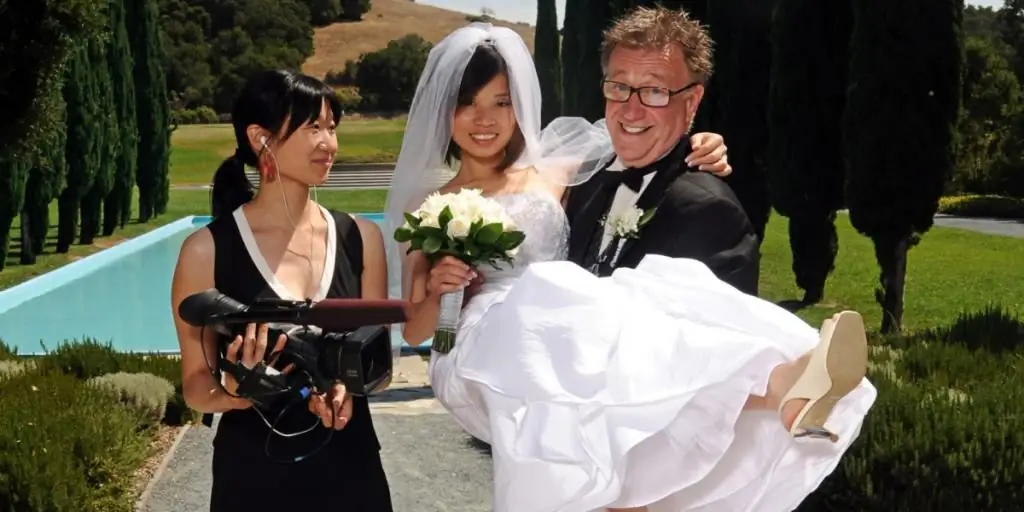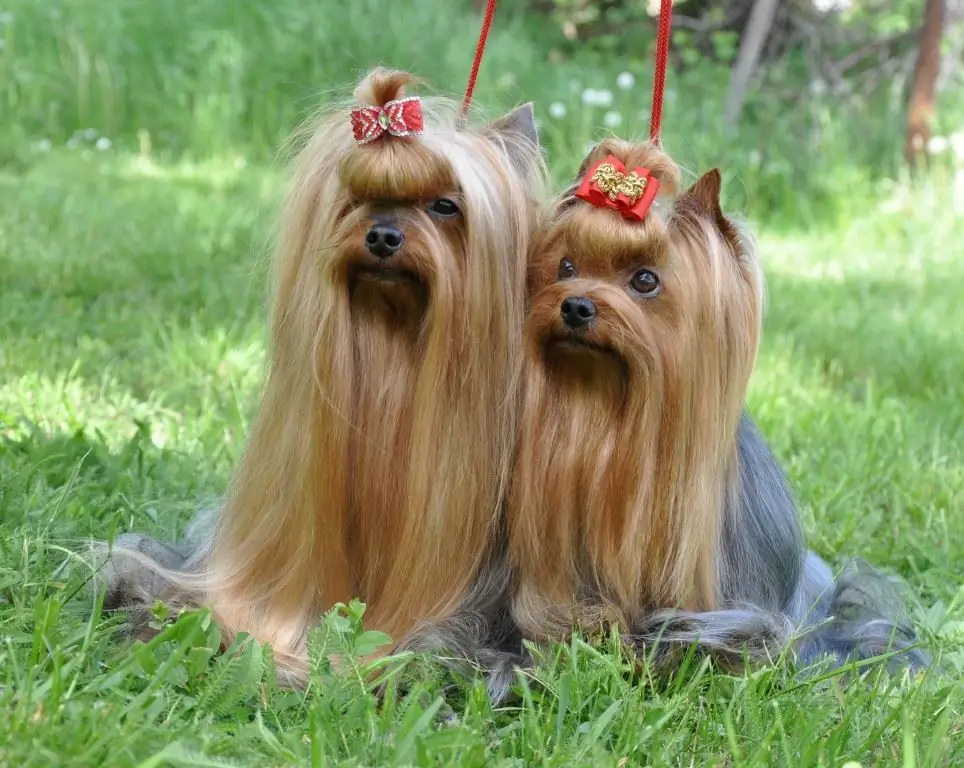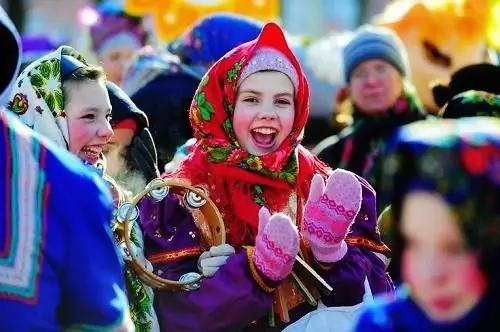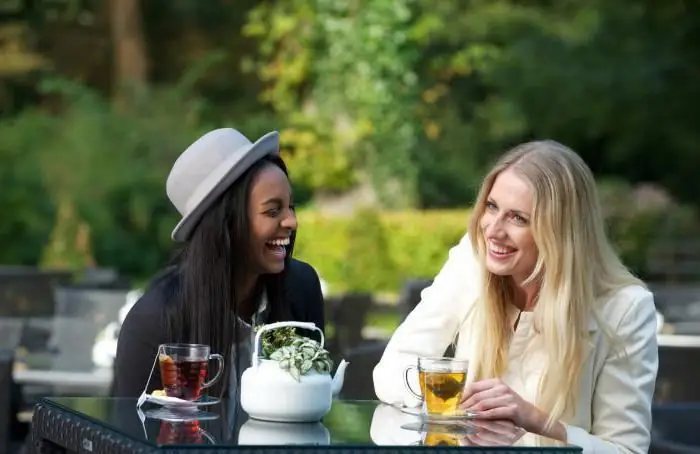2025 Author: Priscilla Miln | [email protected]. Last modified: 2025-01-22 17:55:24
Every year there are less and less truly Russian holidays. Of course, the people are not deprived and come up with new ones instead of the old ones. But still, the rejection of truly Russian folk festivals is the loss of our roots. In order not to forget about the brightest holiday of winter, today we will tell you interesting facts about Maslenitsa.
Why did the festivities get such a wonderful name?
Starting to list interesting facts about Maslenitsa, one cannot fail to mention the history of the origin of the holiday. Few people know that until the 17th century, in the last week of February, people held pagan rites. At this time, the people celebrated the spring equinox. But with the spread of Christianity, the holiday was renamed. Entertainment, round dances and even the ritual of burning an effigy remained.

And what did the church bring then? She tied the date of Maslenitsa to Easter. So now the holiday has become "floating" and directly dependent on the church. The priests did the best, they were guided by the principle: you can not stop the madness, lead it. ATlast week of fasting, Christians were allowed to eat eggs and butter. That is why the holiday got such a cute name - Maslenitsa.
What is bear fun?
Thanks to what is our state known abroad? Thanks to felt boots, scarves, vodka and bears. Therefore, the next interesting fact about Maslenitsa will be connected with furry animals.
Since ancient times in Russia there was such fun, which was called "bear fights". These entertainments were arranged on Maslenitsa, as by the end of winter the animals woke up. Who participated in bear fights? Entertainment was divided into three types:
- Harassment. The bear was tied to an iron pole placed in the center of the square. And a dog was set on a furry animal. The fight was considered over when the bear fell or when the dog died. If a forest dweller turned out to be too tenacious and lively, dogs were set on him until he was completely exhausted.
-
Fight with a man. It was a folk entertainment in which the brave guys showed their skill and courage. The man entered the corral to the bear, he had a snag as a weapon. The fight went to victory. If the bear killed the guy, the next volunteer would join the fight.
- Circus performance. But the bears were not always confronted. Sometimes animals were tamed, and then trained animals showed circus numbers.
Where did the tradition of climbing a pole come from?
Folk festivals on Maslenitsa have always been accompanied by a variety ofcompetitions for which they gave prizes. One of the most popular entertainments to this day is the conquest of an ice pillar.
Where did this tradition come from? From paganism. Previously, people climbed the pole not for gifts, but for spiritual enlightenment. It was believed that only a person whose body and soul are in good shape can achieve it. Gradually, gifts began to be hung on the pole - these were scarves, fur coats or felt boots.
Today, at the national holiday of Maslenitsa, there are also daredevils who conquer the ice pillar. But gifts await them no longer in heaven, but on earth. A piece of paper is pinned to the top of the column, with the image of the prize, whoever removes it receives a present.
Why burn an effigy?
Folk festivals on Maslenitsa are held all day long. And in the evening they always burn an effigy. Some sincerely believe that they are burning Maslenitsa, but this is not so. The scarecrow symbolizes the winter that people see off.

It used to be a tradition that everyone gathered in the square cursed the cold, hunger and snowfalls. But they did not forget to thank the winter for snowmen, fun games and cozy evenings. After such spiritual outpourings, round dances were held and dances were arranged. And only then the effigy was burned. This ritual was arranged in honor of the coming spring and they also paid tribute to the bored winter. After the straw doll burned down, the youth jumped over the fading fire.
Today, a scarecrow on Shrove Tuesday is burned rather out of habit. Although many still honor this ritual and create hay dolls on their own.
Pancake week is celebrated only inRussia?
A truly Slavic holiday is also popular in other countries. In Denmark, before the start of Lent, people bake buns instead of pancakes. They stuff them with raisins and candied fruits. Cinnamon and powdered sugar serve as a decoration.

An interesting fact about Maslenitsa is that Norwegians also prefer buns rather than pancakes, and they get them from their neighbors, and in a very original way. The day before Maslenitsa, a “Shrovetide branch” is made. People decorate a birch branch with feathers, flowers or berries. With such a tool in the morning they go to the neighbors and whip those who are sleeping. It is believed that the "sleepy" "communes" to the sufferings of Jesus. After receiving corporal punishment, the owner of the house must feed the unexpected guests with buns.
But the Americans have nothing against Russian goodies. On Maslenitsa they also bake pancakes. And they eat them the same way, for seven days.
What records did people set on Maslenitsa?
Slavic holiday has always been celebrated on a grand scale. Maslenitsa 1777 is listed in the history of Russia. This year, Catherine II had a grandson, and she walked in a big way. In one day, the Empress gave the winners of street contests 150 diamonds. The stones were real, and of excellent purity.

Andy Robel, a chef from Australia, was able to make a stack of pancakes 76 cm. To date, this is a record height.
Dominic Kuzzakrea was able to use a frying pan not only to throw a pancake onalmost 10 meters high, but also caught him with the same frying pan.
Why is it considered that the first pancake is lumpy?
Before the advent of Christianity, our ancestors brought gifts and made sacrifices not only to spirits, but also to animals.

Shrovetide used to be called Komoyeditsa. After all, it was in the spring that bears woke up, which they called "comas". Pancakes were baked for them and taken as gifts to the forest. Thus, people coaxed both spirits and bears.
A good housewife did not burn pancakes, so the first product was not a lump, but “coma”, that is, forest dwellers.
Other interesting facts about the holiday
Why pancakes are eaten on Maslenitsa. There are two explanations. One of them says: a pancake is like the sun, and Maslenitsa is a holiday of spring. And the second option is more worldly: there was no food by the beginning of spring, and there was not enough food to make rich pies. And pancakes can be made from eggs, flour and water.
On Maslenitsa, all the youth of the village took part in games and fun. One of them was horseback riding. The guys bought beautiful harnesses for Maslenitsa, harnessed horses to sleighs and rolled the girls around the village.

Games of taking snow towns were also common. Skating from the icy mountains was also considered fun, which was paid tribute to the passing winter.
Before Maslenitsa became a national holiday, it was considered a sacrament of the initiates. People met in small groups, asked the gods for the coming of spring, burned ritual bonfires, sang songsand met the dawn. All this happened on the day of the vernal equinox.
Today Maslenitsa is counted from Easter. It is celebrated for 58 days. Maslenitsa lasts a week, and each day has its own meaning. On Monday, our ancestors made a straw doll. On Tuesday dressed up and went to the neighbors. On Wednesday, pancakes were baked in all the villages. On Thursday there were fisticuffs. On Friday, they went to the mother-in-law for pancakes, and on Saturday to the sister-in-law. On Sunday there was a folk festival, where they danced and burned an effigy.
Recommended:
Marry a Chinese woman: features, legal justifications and interesting facts

The marriage of a Chinese to a Russian girl no longer surprises anyone. Mixed families exist in large numbers both in China and in our country. But a rarity is a family formed from the marriage of a Russian guy to a Chinese girl. For some reason, Russian men are not very eager to marry a Chinese woman. Although in the modern world one cannot do without communication with representatives of this nationality
To what age do Yorkies grow: features of the breed, standards and interesting facts

Looking at miniature Yorkshire terriers, you involuntarily recall the saying: "a small dog is a puppy until old age." And yet, Yorkies are not plush toys, but real living dogs with their own character and desires. It often happens that a brave heart beats in a small body, ready to protect its owner from all troubles
Folk festivities on Maslenitsa. Shrovetide script

Shrovetide is a traditional holiday for the Slavs, symbolizing the end of winter and the onset of spring. The Orthodox calendar calls it Cheese Week
What did they do in Russia on Maslenitsa? How was Maslenitsa celebrated in Russia? History of Maslenitsa in Russia

Shrovetide is a holiday that has come to us since ancient times. This article will talk about how they celebrated Maslenitsa in Russia: rituals, customs. A bit of history and much more interesting things can be found in the text below
The most interesting facts about a friend. Interesting facts about the best friend

Men can claim as much as they like that such a thing as female friendship does not exist in nature. The fair sex will never agree with them. The most amazing facts about a girlfriend prove the importance and usefulness of loved ones in the life of any girl. So, what are the benefits of friendships that develop between women?

